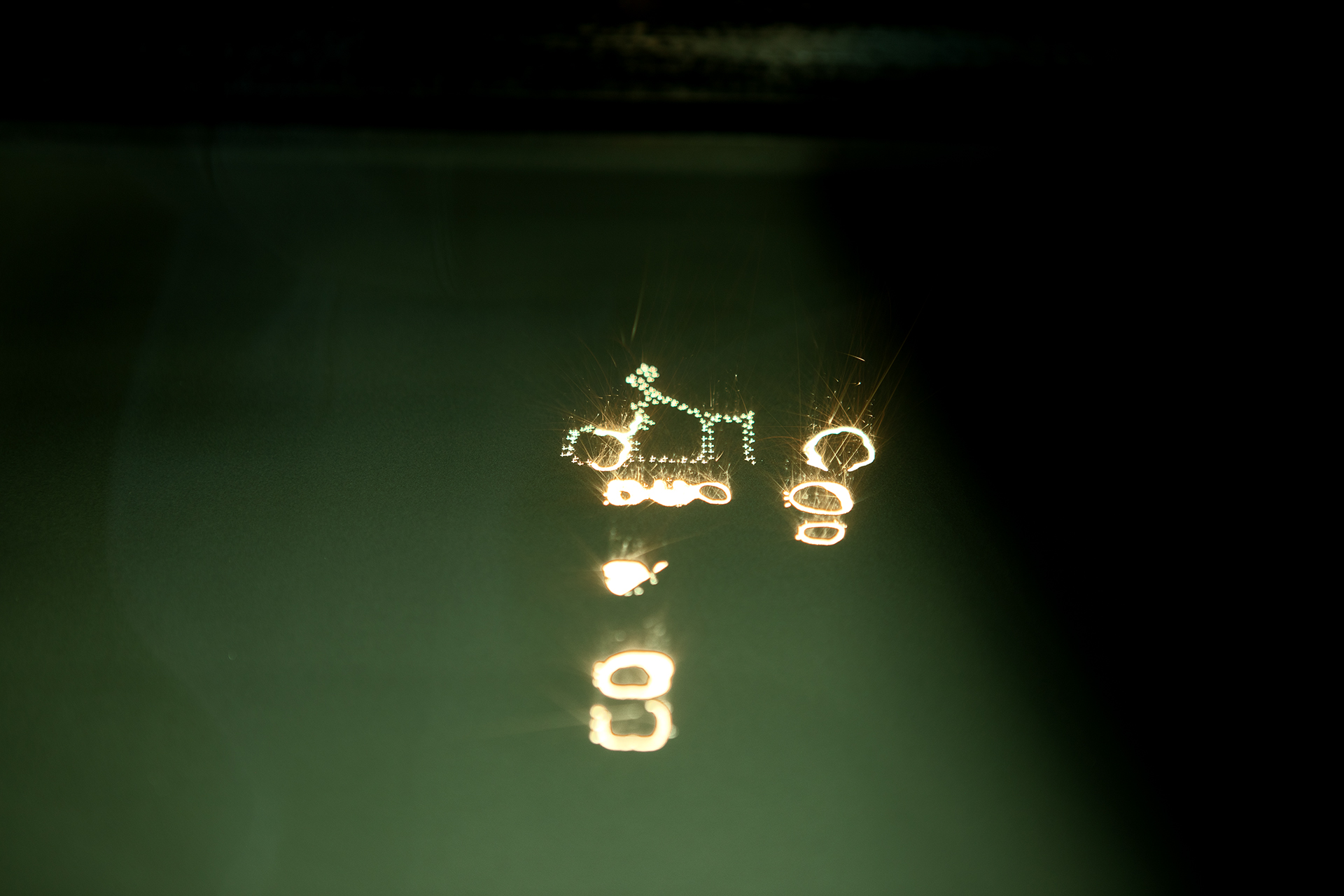LaserMelting vs. milling - when you use which process economically
With digitization, various processes have found their way into dental technology. For dental frameworks made of (precious) metal (cobalt-chrome, titanium, gold) are available in CAD / CAM technology such processes like milling with CNC milling machines and the laser (LaserCUSING, Laser Sintering, LaserMelting) are available.
But which procedure should be used and when? There are a few factors to consider. In this article, we compare both methods so that you can ultimately make the right choice for each of your work.
Economic efficiency of the two dental manufacturing processes
milling and LaserMelting
To evaluate the economic viability of the two dental manufacturing processes milling technology and LaserMelting, the acquisition and operating costs are used, among other things. Indicators such as number of items, use of resources for upstream and downstream work steps, as well as storage and material use, play a major role. For this reason, many dental laboratories also decide to outsource the manufacture of their frameworks to high-performance manufacturing service providers such as CADdent®.
At first glance, one might think that milled metal frames are priced higher than laser ones. The question that arises is: How can you then hold on to the market at all? In addition to the pure machine costs, the expenses for reworking the frameworks produced in the LaserMelting process are of course a lot higher - especially for those in which the design is provided with a detailed chewing surface.
For these works you need the know-how of an experienced dental technician in order, among other things, to check the function of occlusal contacts and to grind them. The time required for this should therefore be taken into account in your calculation, in addition to the pure production costs. In the case of milled metal frames, on the other hand, hardly any reworking is necessary.
Capacity utilization in your dental laboratory
In the end, however, the workload of your technicians in the laboratory also plays a major role for a comprehensive analysis. Decide for yourself how much effort the rework can be.
LaserMelting
First of all: In the powder-bed-based manufacturing process (LaserMelting), the components are connected to the building board by means of support structures. Due to the laser-based manufacturing process, a rough layer is created on the occlusal surface. This is powder adhrence that cements with the workpiece. But don't worry, these are not cavitis! This layer can be removed with a hard metal cutter. The framework below corresponds to your design and the metal structure is absolutely homogeneous.
With us you have the option of ordering your LaserMelting frameworks in three different delivery variants:
A) LaserMelting Supports grinded
We remove occlusal pins (supports) and the additional layer. In order to guarantee your occlusion with a fully anatomical design, we only grind the occlusal surfaces very carefully. We recommend reworking these in any case.
B) LaserMelting Supports NOT grinded
We separate the supports, but leave the additional shift on work. If this is not veneered with plastic in the laboratory, it should be grinded down to the actual surface using a carbide burr. Please remember not to use the same burrs for CoCr and titanium!
C) LaserMelting Supports NOT separated + not grinded
With this delivery variant, the supports are not separated by us and the additional layer also remains on your scaffolding. You can cut off the supports with pliers and grind the non-homogeneous layer with a hard metal cutter as described above.
Milling technique
In delivery option B) + C), for frameworks that are manufactured using the LaserMelting process, a little more reworking is required than for milled metal frameworks. The milling technique and variant A) are relatively the same. In the case of milled frameworks made of cobalt-chrome (CoCr) or titanium, a grease-free surface (sandblasting) should also be ensured. In addition, in consultation with the ceramic / veneering material manufacturer, a wash / oxide firing should be carried out, if necessary.
Realistic implementation of your design
Away from economic factors to creative ones. Here, too, the two processes LaserMelting and milling technology each have advantages and disadvantages. While the interdental spaces can be designed particularly gracefully with LaserMelting, milling offers the scope to design chewing surfaces, including main and secondary fissures, with great attention to detail. Since milling shadows are avoided in LaserMelting, almost any design can be implemented and you can let your creativity run free. Due to their particularly smooth surface, primary / secondary telescopes, on the other hand, have the edge in milling technology due to friction.
OUR CONCLUSION
Both procedures are justified in digital dental technology and have advantages and disadvantages. That is why it is particularly important for you as a dental technician to know which type of production offers you which options. Whether you want to relieve your employees or you need a particularly clean work surface - whether a rough surface is irrelevant due to the veneer or you have an oral situation that requires a particularly delicate construction - at CADdent® you will find for each of your work the right support, the right material and the right manufacturing process.
Would you like to find out more about the advantages of LaserMelting or milling technology? Talk to our experts about it - we will be glad to advise you!
![[Translate to Englisch:] LaserMelting vom Experten](/fileadmin/_processed_/b/a/csm_Collage_LM-Fraesen2_d6c24089db.jpg)
